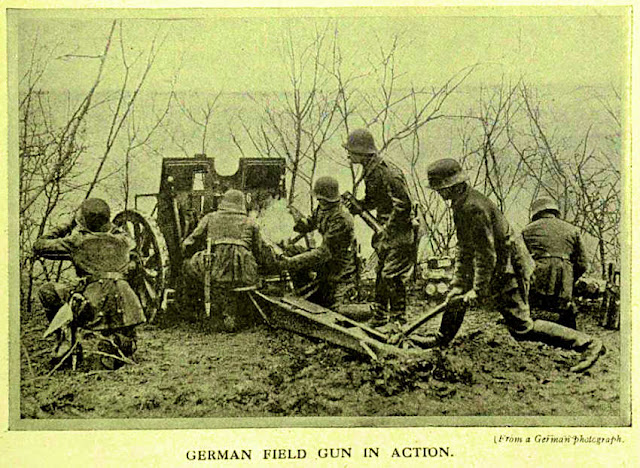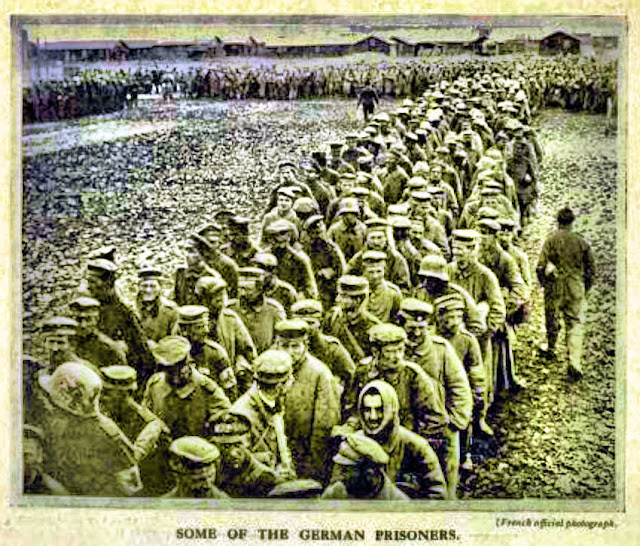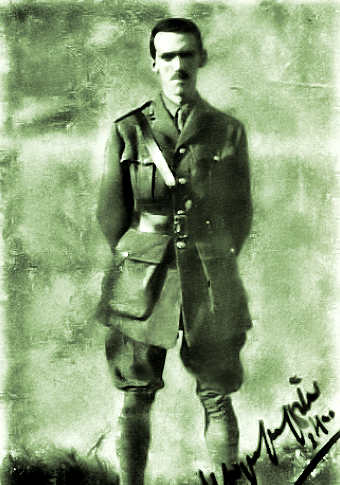 |
| A German Chaplain Leading Services |
From "God’s Soldiers: Religion and Resilience"
By Hanneke Takken
I am God’s soldier, and where he sends me, I must go, and I believe that He sends me and shapes me in the way He needs it.
Otto von Bismarck
In November 1916, the battle of the Somme ended. About half a million German soldiers were killed or wounded. The British suffered approximately 420,000 dead and wounded, the French lost some 204,000 men. The battle of Verdun, which ended one month later, took about 330,000 German and 380,000 French men, wounded, killed, or lost. Both battles became the symbol of the horror and futility of the Great War. The German periodical Mitteilungen für die evangelischen Geistlichen der Armee und der Marine (Announcements for the Protestant Clergy in the Army and the Navy) published the above Bismarck quote in the issue of November and December 1916.
“I am God’s soldier, and where he sends me, I must go…” The quote brings together the two main elements of the military chaplain’s work: his missionary work of awakening and strengthening soldiers’ faith in God, and his morale-boosting responsibility of stimulating the men to do their duty in obedience and perseverance. Both these tasks were connected; a good soldier was a Christian one, only a true Christian soldier could really persevere. But how strong and convincing was this religious message during and after the hell of the Somme and Verdun? Did religion help soldiers to deal with the horrors of war?
The importance of religion as a coping strategy in the First World War has been emphasized by historians like Michael Snape, Richard Schweitzer, Annette Becker, Patrick Houlihan, and Alexander Watson. According to Watson, who compared coping mechanisms of German and British soldiers during the Great War, “in the First World War German army in particular, religious belief was a great source of strength for many men”. Watson based his findings in large part on psychological research done by Walter Ludwig, who was interested in the emotion of fear among frontline soldiers, and especially in the factors that weakened or strengthened this fear. Ludwig had first-hand experience, having served as an officer in France and Belgium (Somme, Ypres) and having been wounded three times. During the war, he asked 200 Württemberger soldiers of aged between 20 and 30 years old to write an essay about their experience with fear on the battlefield. About half of them wrote detailed essays about their time at the front, revealing the way they and their mates were confronted and dealt with fear.
According to these essays, fear was increased by darkness, flashes of light, by noise, by the limited freedom of movement in the trenches, by pain, and the sight of blood (one’s own or that of someone else). Repetition of these elements made fear worse. Unknown and unexpected situations, as well as anticipations, for instance about getting wounded and about subsequent suffering, could strengthen these sensations. So did the expectation of the manner in which the soldier was able to defend himself. Fear could be lessened by feelings of comradery and thoughts about the family and the nation, by discipline (“Befehl ist Befehl”) and feelings of duty, honor and responsibility, by distractions like music and humor, cigarettes and alcohol, and by hope, including the firm belief in one’s own indestructability. The factor mentioned most was religion.
Here's a British soldier's expression. Robert Stafford Arthur Palmer,(1888–1916) was a member of the Indian Army who volunteered for service is Mesopotamia, where he was killed in 1916.









































